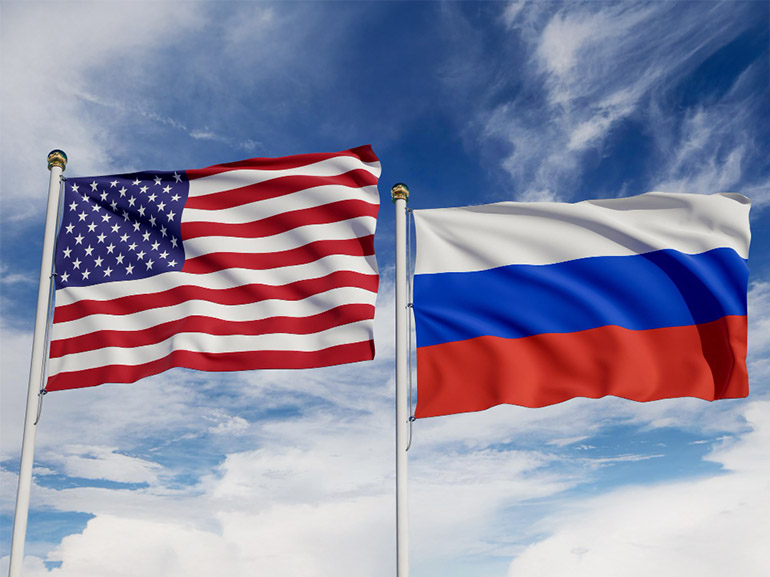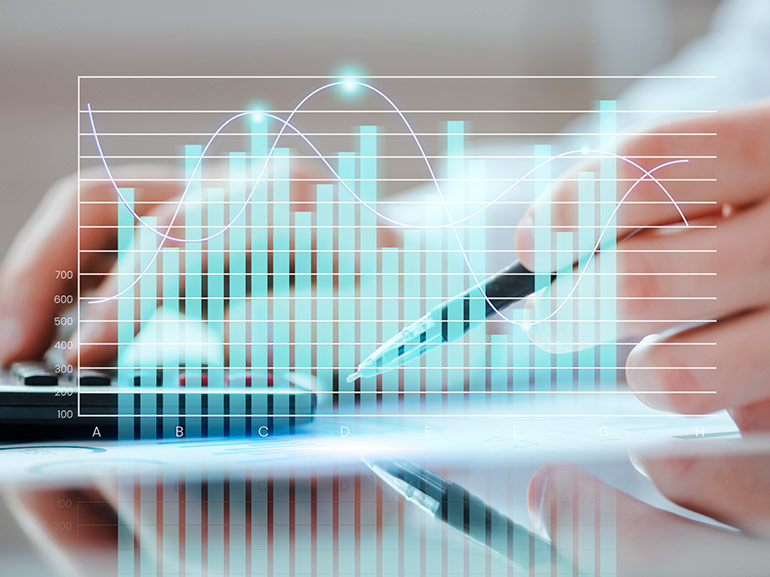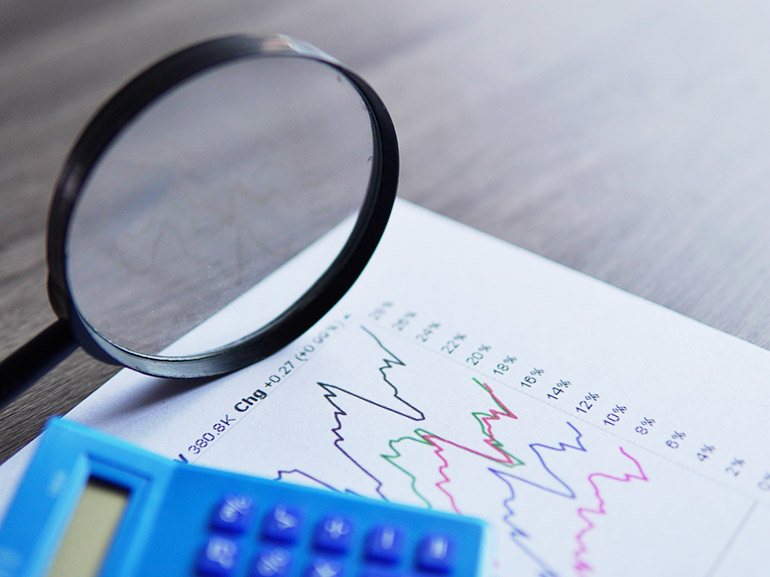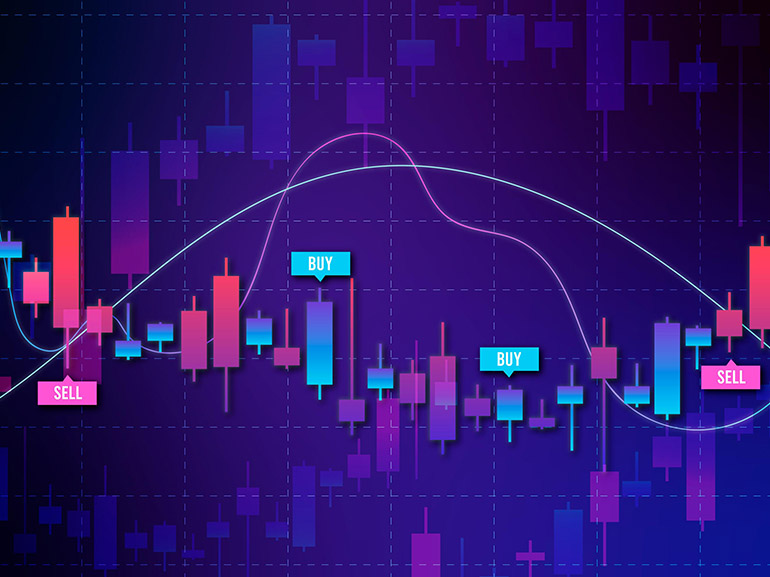What is Inflation? Learn Everything About Inflation
Once again, one of the most talked-about issues facing global markets at the moment is inflation, and given its importance, it is crucial to know what it is and what it can reflect about the state of the economy.
Let’s dive in:
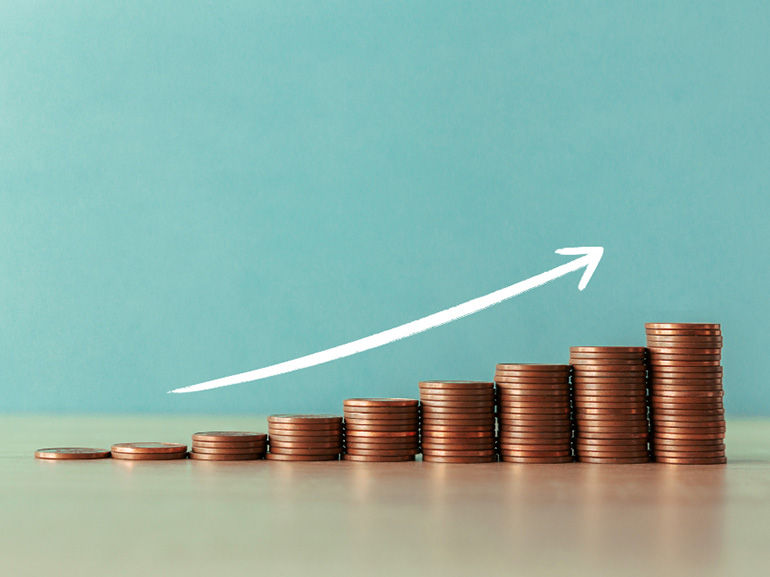
TL;DR
Inflation refers to the increase in the prices of goods and services, reducing the purchasing power of money.
The different types of inflation include stagflation, deflation, and hyperinflation.
Central banks aim to keep inflation around 2-3% for stable economic growth.
Causes of inflation include supply chain issues, rising production costs, and higher consumer demand.
Central banks manage inflation by adjusting interest rates and using tools like open market operations.
The CPI and PPI are key measures of inflation and can reflect price changes for consumers and producers, respectively.
What Is Inflation?
The so-called ‘ideal’ rate of inflation, as defined by central bank economists, is about two percent per year. This means that in times of healthy economic growth, prices of a range of consumer goods will be about 2% more expensive every year. (Source: Federal Reserve)
However, inflation can increase at rates beyond this measure because of phenomena both on the production and supply sides of the economy. If the costs of producing certain goods go up, due to supply chain issues or shortages, for example, manufacturers may pass the costs on to consumers, causing a price increase.
Conversely, when demand for certain goods hits an uptrend, prices may rise in tandem. If a certain nation’s supply of credit or money allows citizens to increase consumption beyond the marketplace’s ability to supply goods, the increased demand and limited supply raise prices.
The flipside of rising prices for consumer goods is that it is accompanied by a decrease in the value of a nation’s currency. When products rise in price, each unit of monetary value is able to purchase fewer goods. For example, if it cost $40 for a consumer to fill up their car’s gas tank last year, but due to a rise in oil prices, it now costs $60 to purchase the same quantity of petroleum, the value of their salary has declined, as it is now able to afford them less gas. This is where monetary policy, usually determined by central banks like the Federal Reserve or Bank of England, comes in.
Inflation and Monetary Policy
As aforementioned, most central banks set an annual inflation rate of around two to three percent as their target. An exceedingly low rate of inflation, or even deflation, when prices are falling, can be taken as a sign of weak macroeconomic conditions in a country’s economy. This phenomenon can be observed when supply outpaces demand, caused by more consumers choosing to save rather than spend or by increased production spurred by lower input costs. Falling prices can also lead to declining wages.
On the other hand, when inflation rises above the target range, wages can struggle to keep up, making it hard for citizens to maintain their standard of living. In conditions of hyperinflation, prices rise by 50% or more over the course of a month, often stimulated by external shocks such as geopolitical conflict and excessive money printing by central banks. In times of hyperinflation, basic goods needed for economic activity, like Wheat (ZW) or oil can become scarce.
Accordingly, central banks use the tools at their disposal in order to maintain price stability, a steady rise in prices that neither falls into deflation nor rises into hyperinflation. While in the past, monetary authorities often printed money in order to directly influence the money supply on the national economy, today’s central banks prefer to use what are called ‘open market operations’, or the buying and selling of government bonds. For example, throughout the course of the coronavirus pandemic, the Federal Reserve purchased large quantities of government bonds so as to support the American economy.
When a central bank moves to buy government bonds from private market actors, the money supply increases. The inverse is true when monetary policymaking bodies like the Federal Reserve decide to sell their government bond holdings. Central banks are especially prone to attempt to increase the money supply in times of reduced economic activity, such as the one experienced in the wake of the COVID-19 pandemic.
Types of Inflation
There are a few different types of inflation to keep in mind, and some of those are as follows:
Stagflation
Marks a time of inflation coupled with economic stagnation, leading to economic chaos, and can emerge from economic deterioration, unemployment, and economic adversity.
While central banks face a myriad of challenges, stagflation is arguably one of the most prominent ones.
Deflation
Deflation or negative inflation is the opposite of inflation. It marks the general drop in the prices of goods and services associated with money supply contraction and a fall in productivity and technological advancements.
Hyperinflation
This refers to extreme and rapid increases in product and service prices, usually at a rate of over 50% each month, and can emerge from a spike in prices of essential goods like fuel and food.
Conclusion
Inflation is a complex yet critical economic factor that affects every aspect of the economy, from consumer purchasing power to central bank policies. Understanding its causes, effects, and the tools used to manage it helps investors, businesses, and consumers navigate changing economic conditions. With important economic data such as the CPI and PPI set for release in April 2024, the market's reaction to these inflation indicators will be closely watched for insights into the health of the global economy. Central banks play a crucial role in ensuring price stability, but their actions must carefully balance inflation and economic growth to prevent negative consequences like hyperinflation or deflation.
FAQs:
What is inflation?
Inflation is the rate at which the prices of goods and services increase over time, leading to a decrease in the purchasing power of money. A typical, healthy rate of inflation is around 2% per year, as it reflects balanced economic growth. Inflation can rise above this target due to factors like production costs, supply chain issues, or increased demand for goods.
What causes inflation?
Inflation can be caused by both supply-side and demand-side factors. Supply-side issues, such as shortages or higher production costs, lead to price increases. Demand-side inflation occurs when consumers’ demand for goods exceeds supply, pushing prices higher. Additionally, an increase in the money supply or credit can fuel inflation.
How does inflation impact the economy?
Inflation can reduce the value of currency, meaning that people can buy fewer goods with the same amount of money. For example, if gas prices rise due to inflation, people can afford less gas with the same salary. While moderate inflation is common in growing economies, excessive inflation or hyperinflation can harm purchasing power and lead to economic instability.
What is the role of central banks in managing inflation?
Central banks, like the Federal Reserve, aim to maintain stable inflation, usually targeting a rate of 2-3%. If inflation rises too high, central banks may raise interest rates or engage in open market operations (buying or selling government bonds) to control the money supply. Conversely, if inflation is too low, they may implement policies to encourage spending and economic activity.
What are CPI and PPI?
The Consumer Price Index (CPI) measures the average change in prices paid by consumers for goods and services. The Producer Price Index (PPI) tracks changes in the selling prices received by domestic producers. Both are key indicators of inflation and can reflect different aspects of price changes in the economy.


